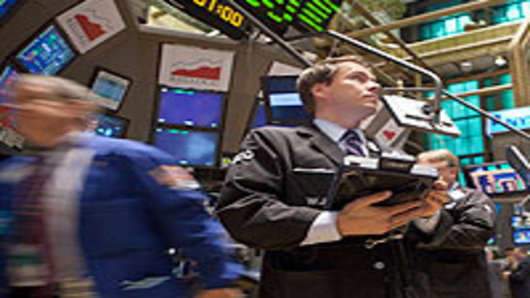High-frequency trading should not be broadly categorized as one strategy, Dick Grasso, the former chairman and CEO of the New York Stock Exchange , told CNBC Monday.
"There is no one single strategy in the so-called high frequency trading world," said Grasso. "There are some that in essence follow the trend of the market, they electronically scalp, they provide no liquidity."
That strategy is "wrong and should be eliminated," he added.
"If I'm a trend-following electronic trader and I'm doing trades that are unprofitable, that [then] become profitable because exchanges or platforms rebate a credit to me, that's unconscionable and shouldn't happen," Grasso said.
However, there is a category that is counter-the-trend that is providing liquidity, Grasso explained: "That in essence is the market maker of the world we experience today, as opposed to the market-making function of 25 or 30 years ago."
"Those are, I think, very important to the fluidity of the markets," he added.
Several years ago, the Securities and Exchange Commission (SEC), acting on directives from Congress, decided to foster competition and embrace electronic trading.
High-frequency trading is "a relatively discreet community," Grasso went on to say.
The SEC has "a responsibility to step up to the plate here" and decide what is and what is not a permissible, he concluded.
Follow Strategy Session on Twitter: @CNBCStrategy
Follow David Faber on Twitter: @DavidFaberCNBC
Watch CNBC's "The Strategy Session" weekdays at Noon ET.



